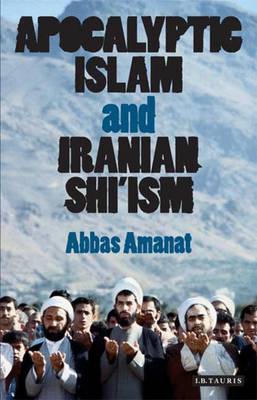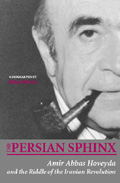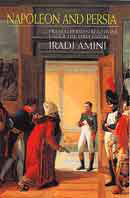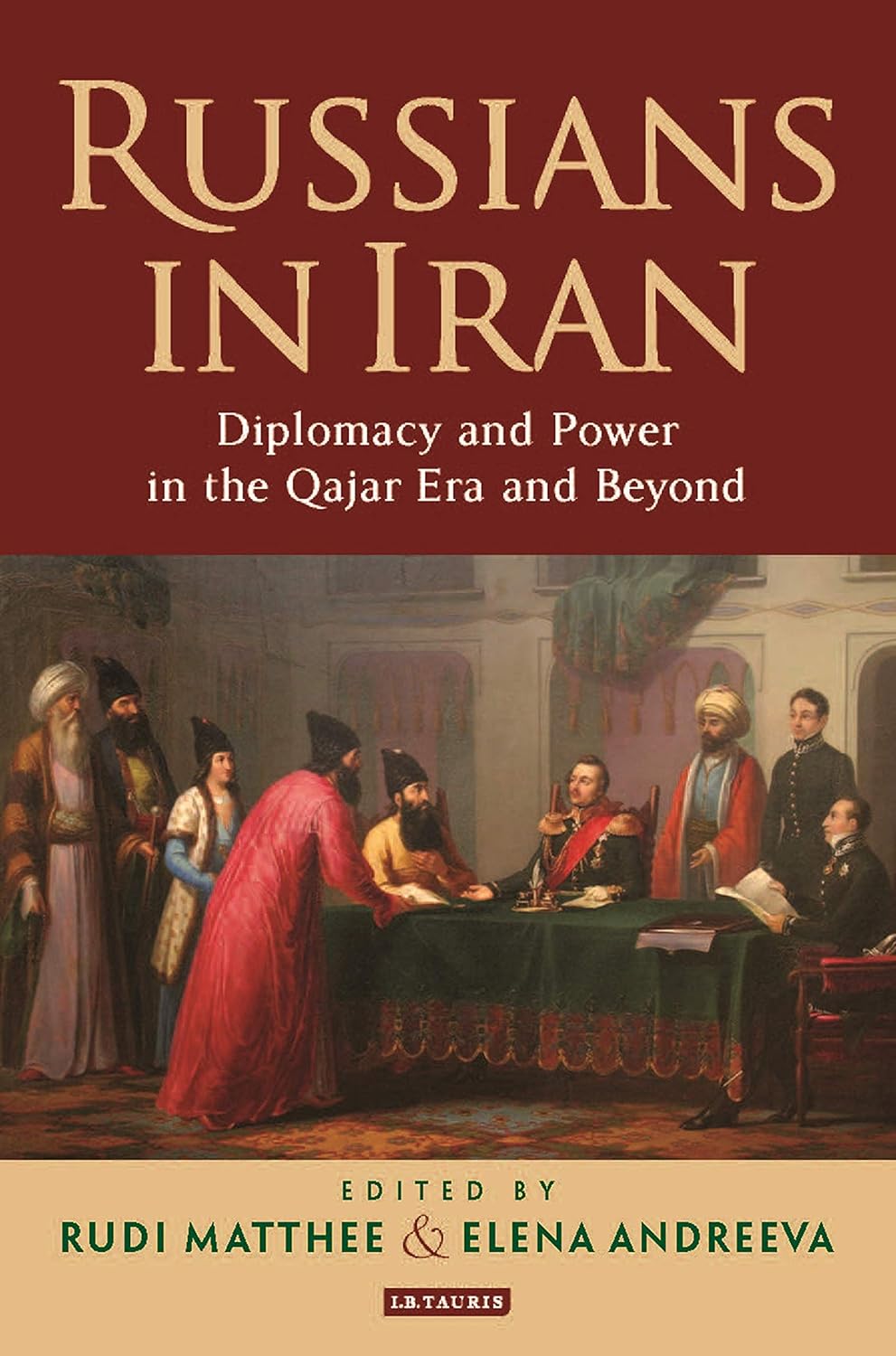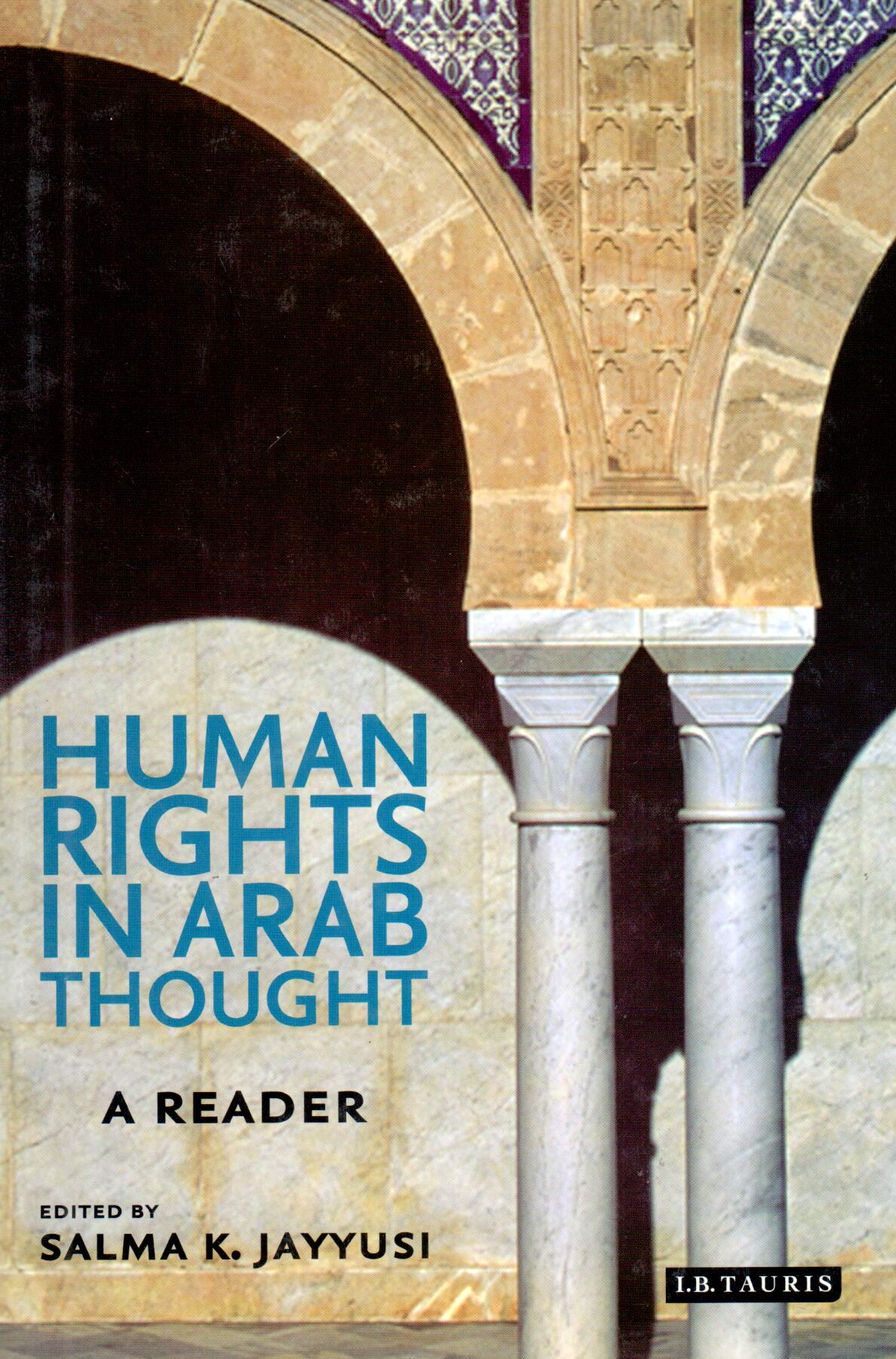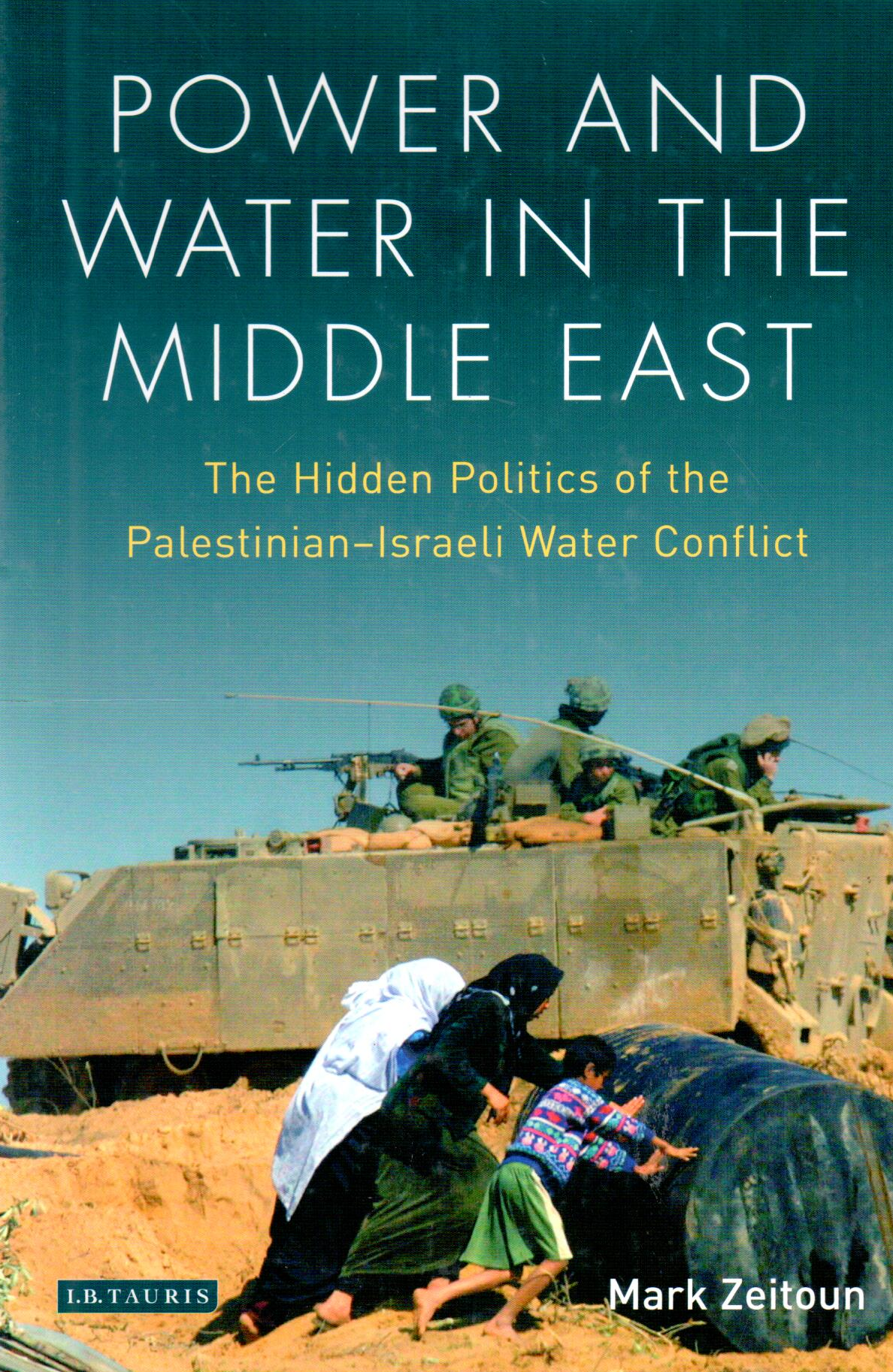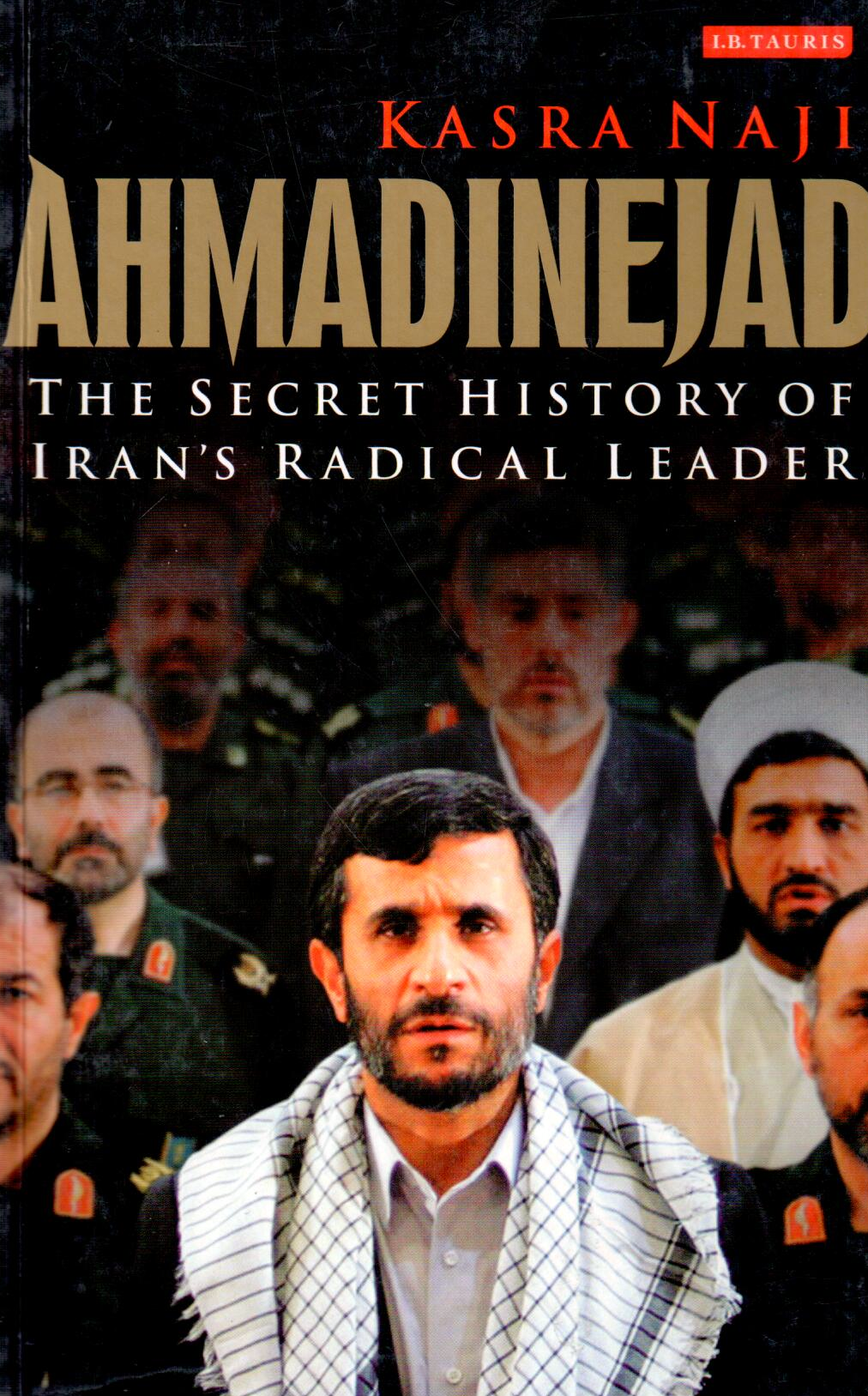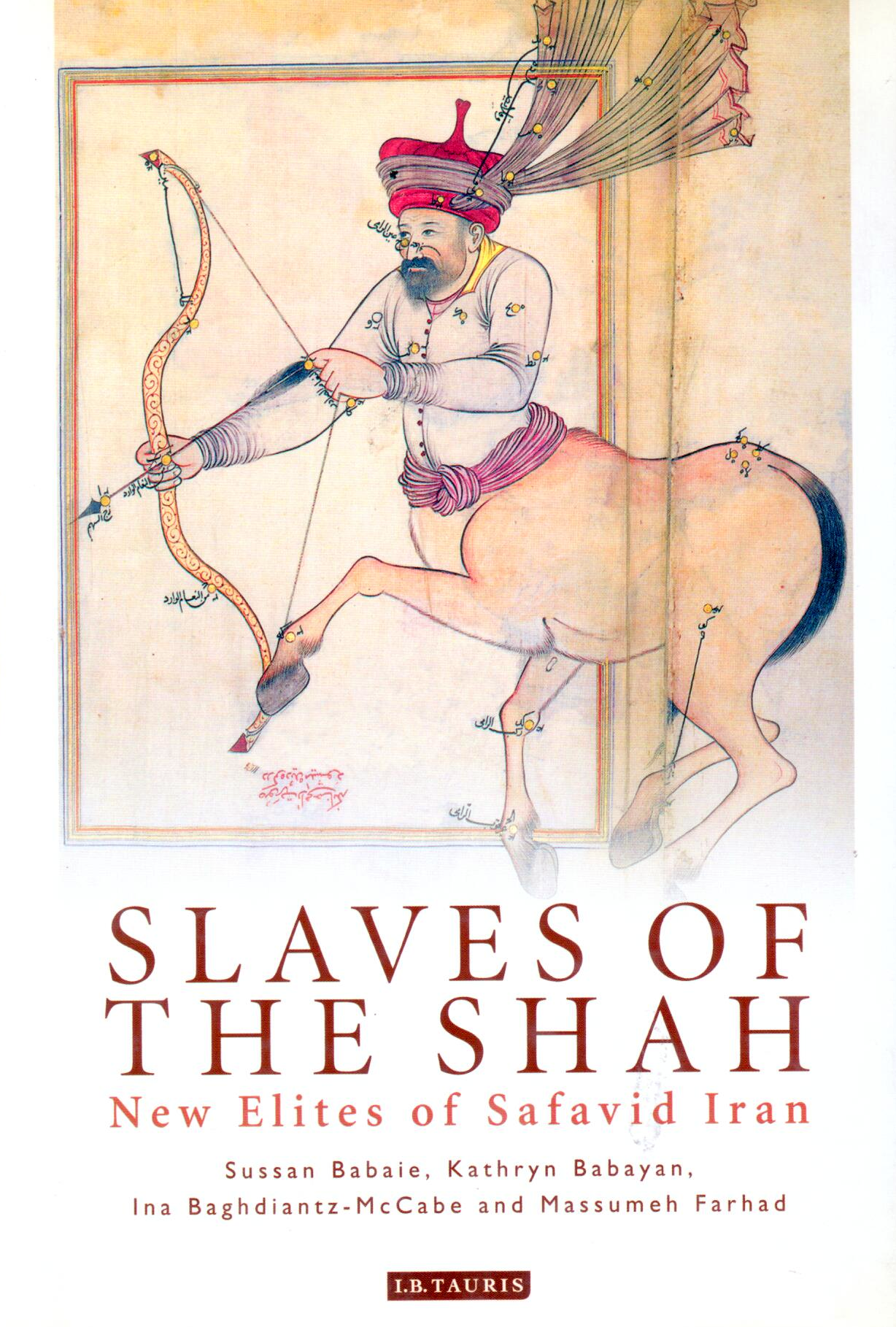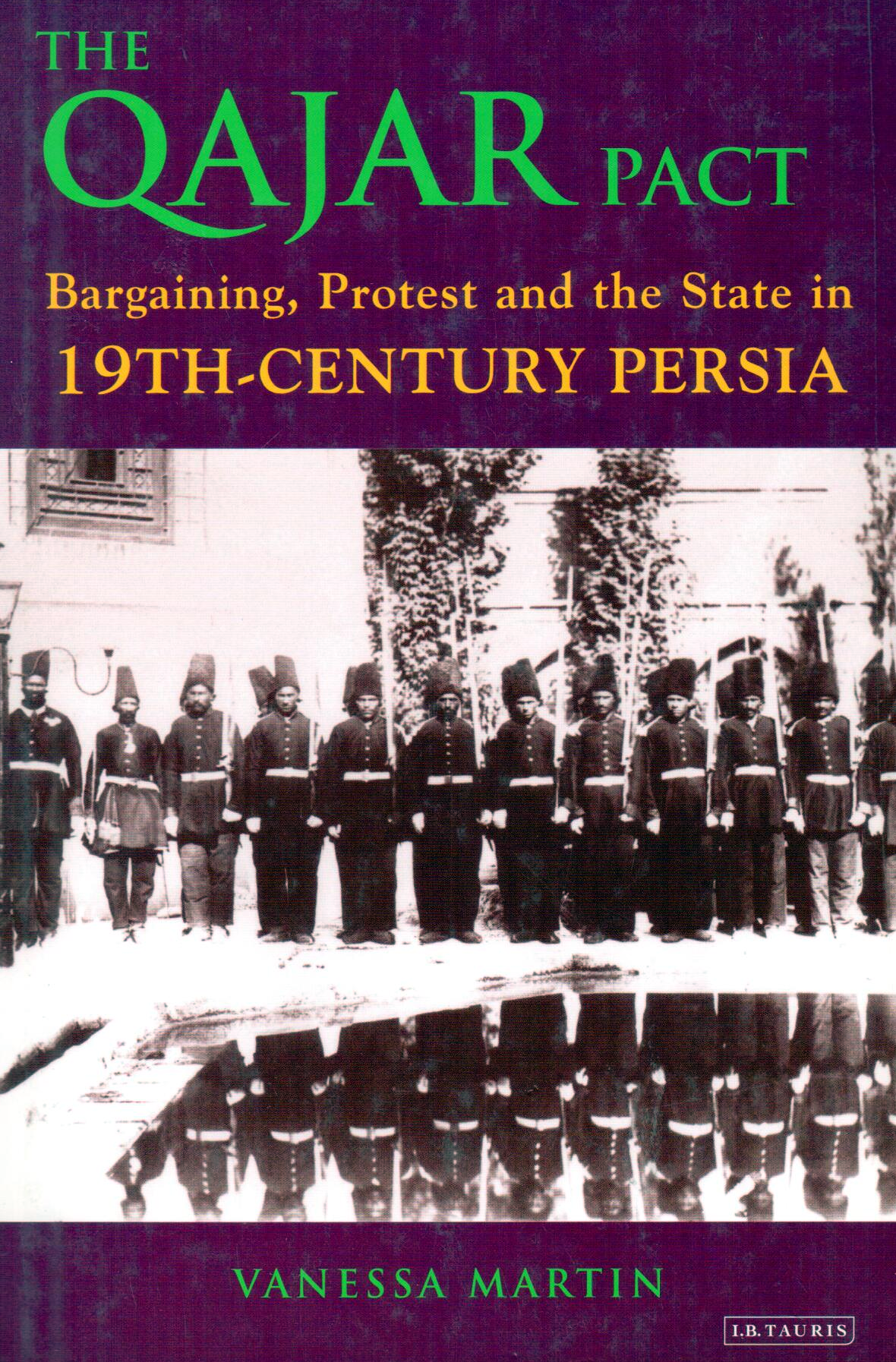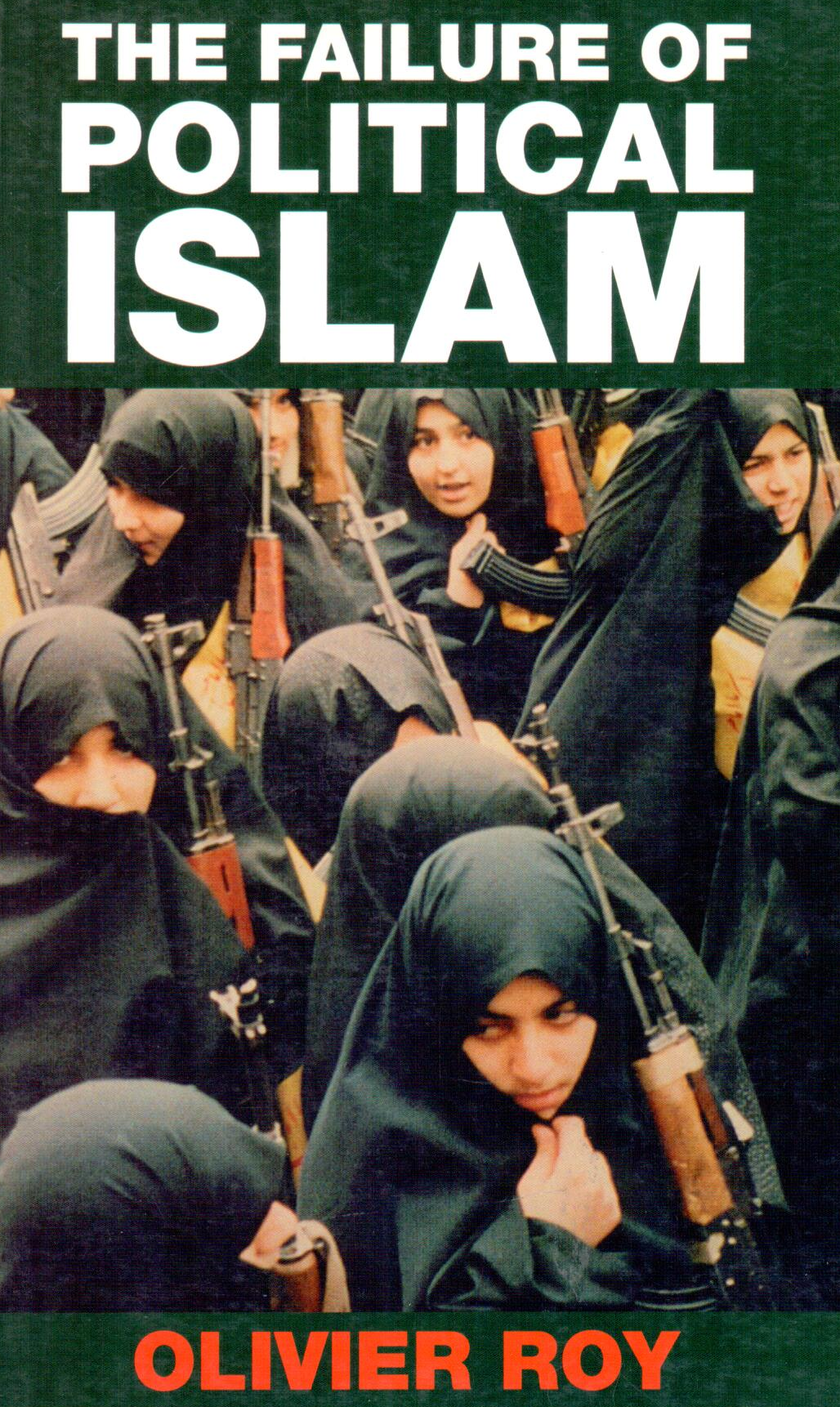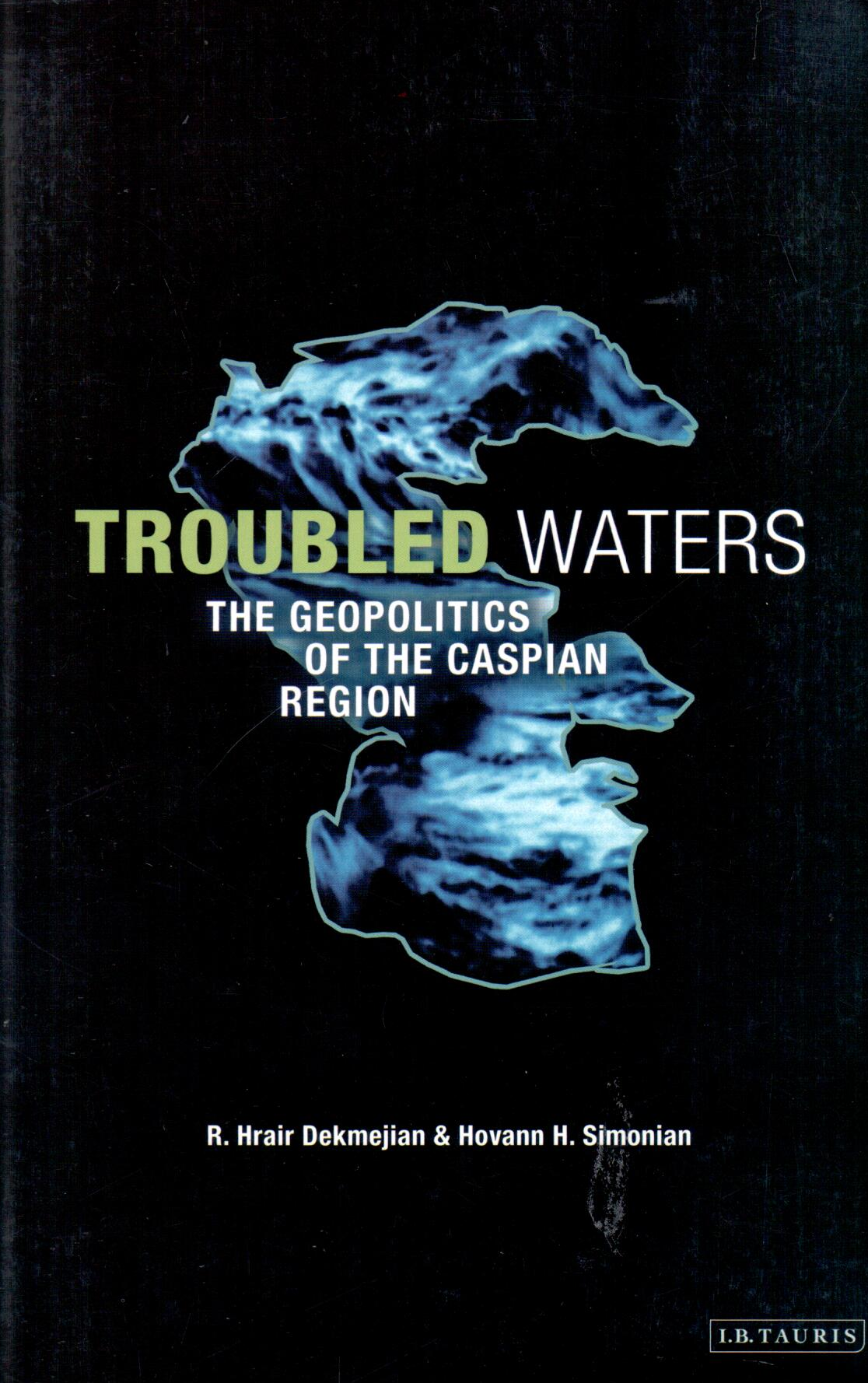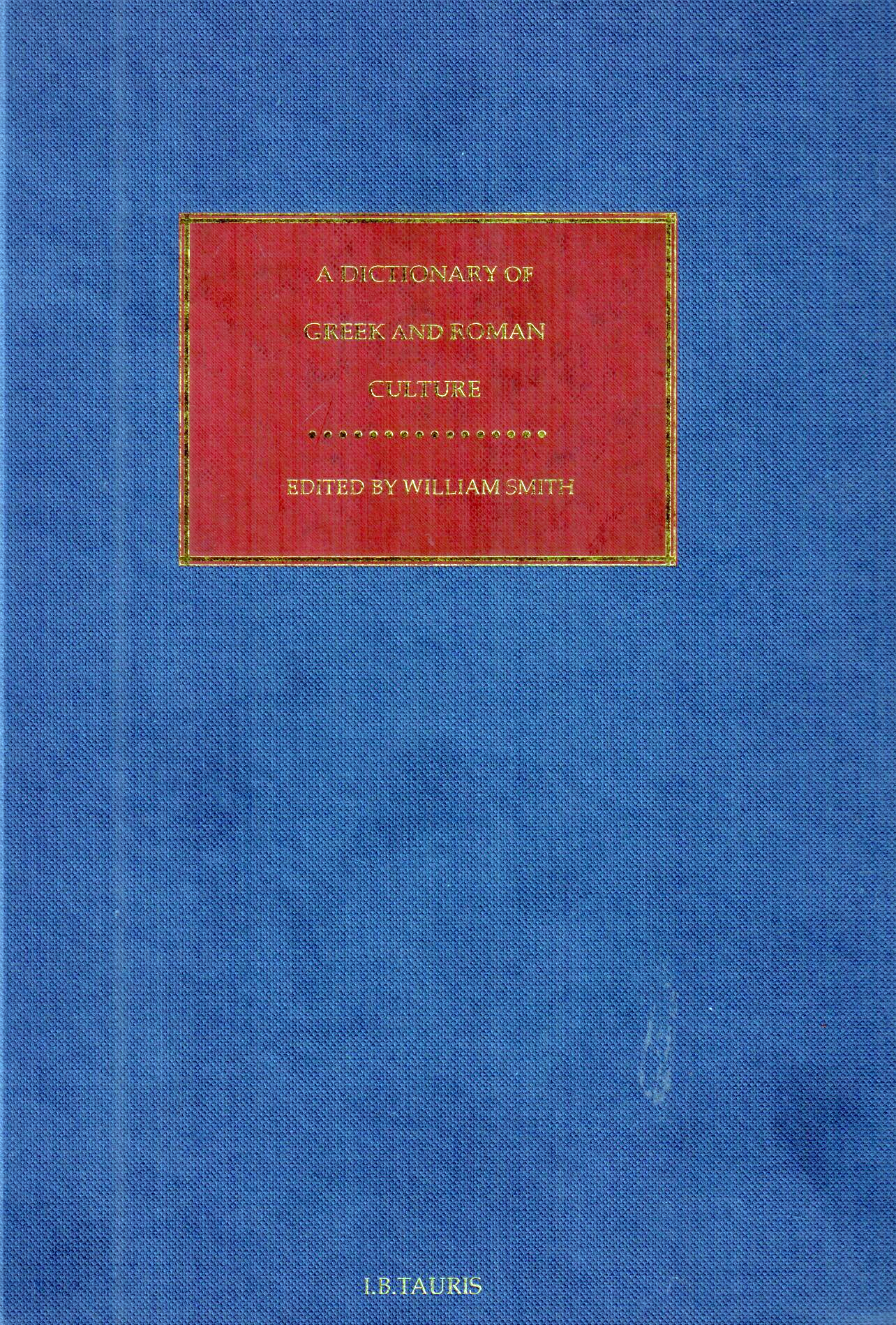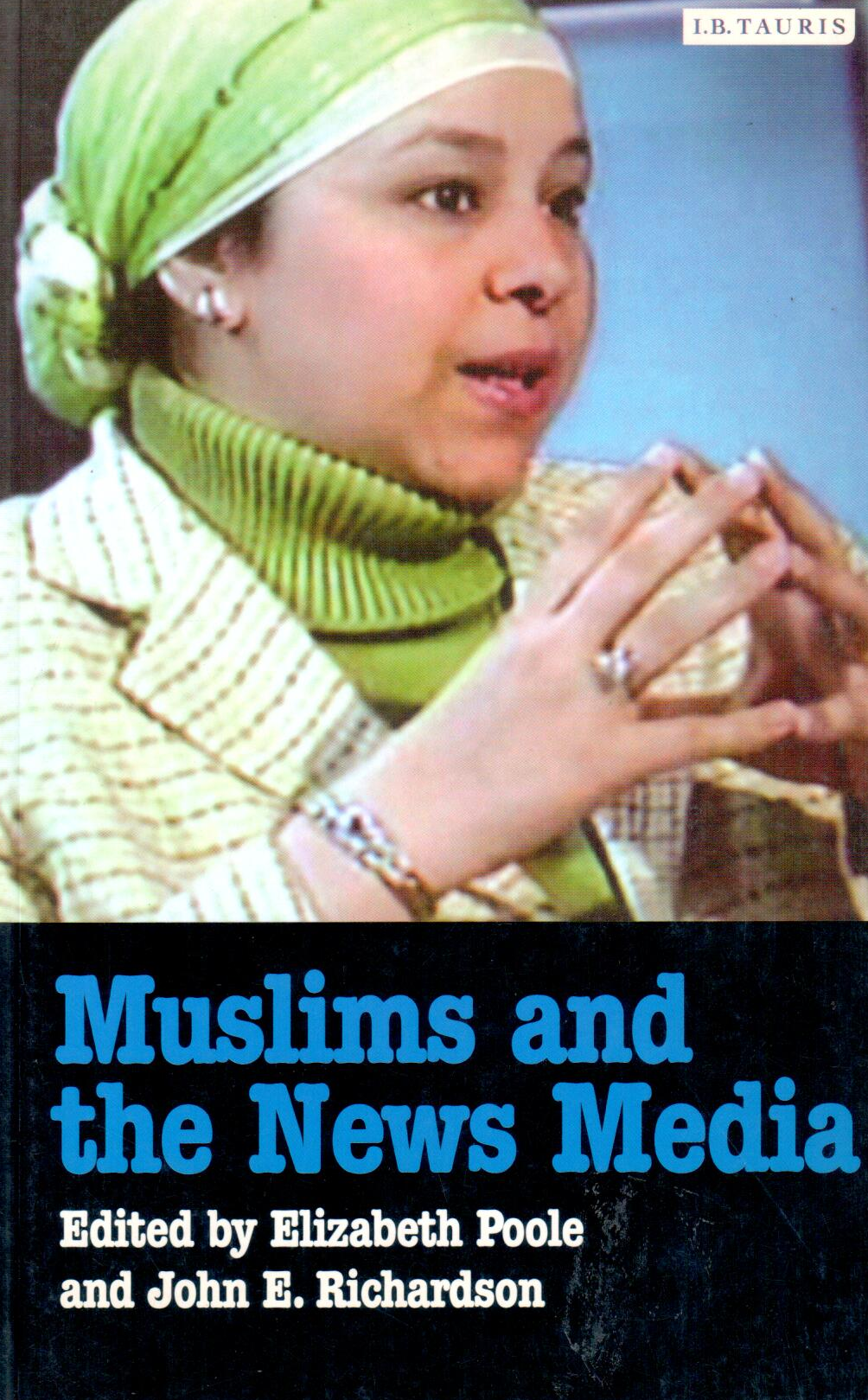. انگلیسی 2009
Apocalyptic Islam and Iranian Shi'ism
21٫25 £
اشتراکگذاری
Wishlist
شابک:
9781845119812
ناشر:
I.B. Tauris
NumberOfVolume:
4
گروه سنی:
بزرگسال
صفحات:
286
وزن:
337 g
ابعاد:
14 x 21 x 2 cm
جلد کتاب:
شومیز
Interest in Shi'i Islam is running at unprecedented levels. International tensions over Iran, where the largest number of Shi'i Muslims live, as well as the political resurgence of the Shi'i in Iraq and Lebanon, have created an urgent need to understand the background, beliefs and motivations of this dynamic vision of Islam. Abbas Amanat is one of the leading scholars of Shi'ism. And in this powerful book, a showcase for some of his most influential writing in the field, he addresses the colourful and diverse history of Shi' Islam in both premodern and contemporary times.Focusing specifically on the importance of apocalypticism in the development of modern Shi'i theology, he shows how an immersion in messianic ideas has shaped the conservative character of much Shi'i thinking, and has prevented it from taking a more progressive course. Tracing the continuity of apocalyptic trends from the Middle Ages to the present, Amanat addresses such topics as the early influence on Shi'ism of Zoroastrianism; manifestations of apocalyptic ideology during the Iranian Revolution of 1979; and the rise of the Shi'i clerical establishment during the 19th and 20th centuries.
His book will be an essential resource for students and scholars of both religious studies and Middle Eastern history.
more
.
more

